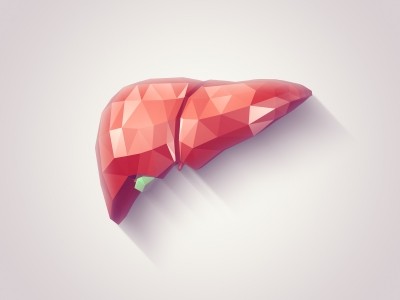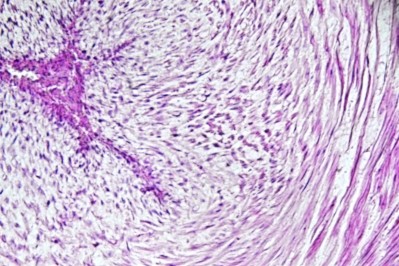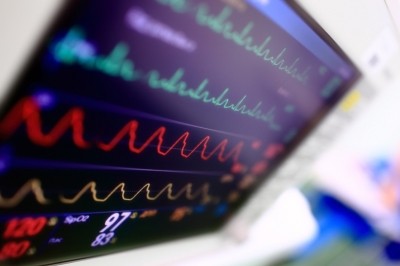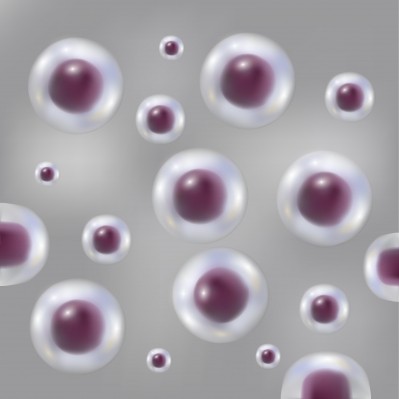Stem cells form tiny beating heart for drug testing
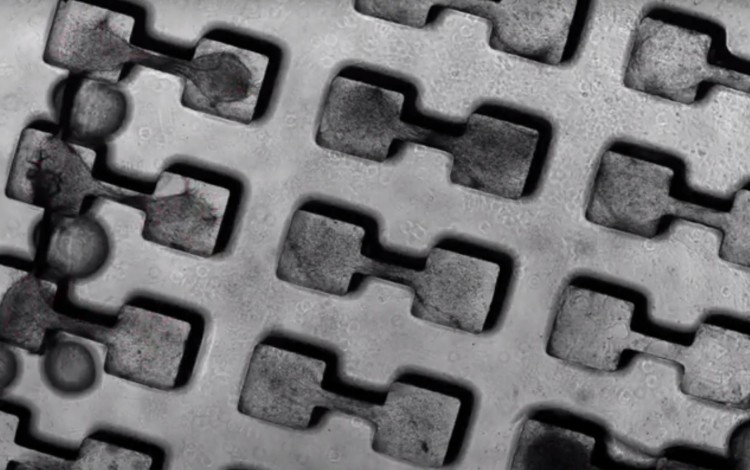
Scientists at the Gladstone Institutes invented the new technique, which will allow researchers to model disease and test drugs on three-dimensional human heart tissue made from stem cells.
"We have bioengineered micro-scale heart tissues with a method that can easily be reproduced, which will enable scientists in stem cell biology and the drug industry to study heart cells in their proper context," said Nathaniel Huebsch, PhD, a postdoctoral fellow in the Conklin lab at Gladstone. "In turn, this will enhance our ability to discover treatments for heart disease."
Huebsch worked with Kevin Healy, PhD, at the University of California, Berkeley, to generate heart muscle cells and connective tissue cells from induced pluripotent stem cells (iPSCs). The cells were then combined in a special dog bone-shaped dish – a shape which stimulated the cells to self-organize into elongated muscle fibers.
According to the researchers, after a few days the tissues resembled heart muscle in both structure and function. Additionally, as opposed to other tissue made from iPSCs, the tissue developed by the researchers at Gladstone also resembled more mature cells, which makes them a better model for testing how a drug will affect an adult human heart. The technique also allows requires a thousand-fold fewer cells to grow the tissue.
"The beauty of this technique is that it is very easy and robust, but it still allows you to create three-dimensional miniature tissues that function like normal tissues," said senior author Bruce Conklin, MD, a senior investigator at Gladstone. "Our research shows that you can create these complex tissues with a simple template that exploits the inherent properties of these cells to self-organize. We think that the micro heart muscle will provide a superior resource for conducting research and developing therapies for heart disease."
